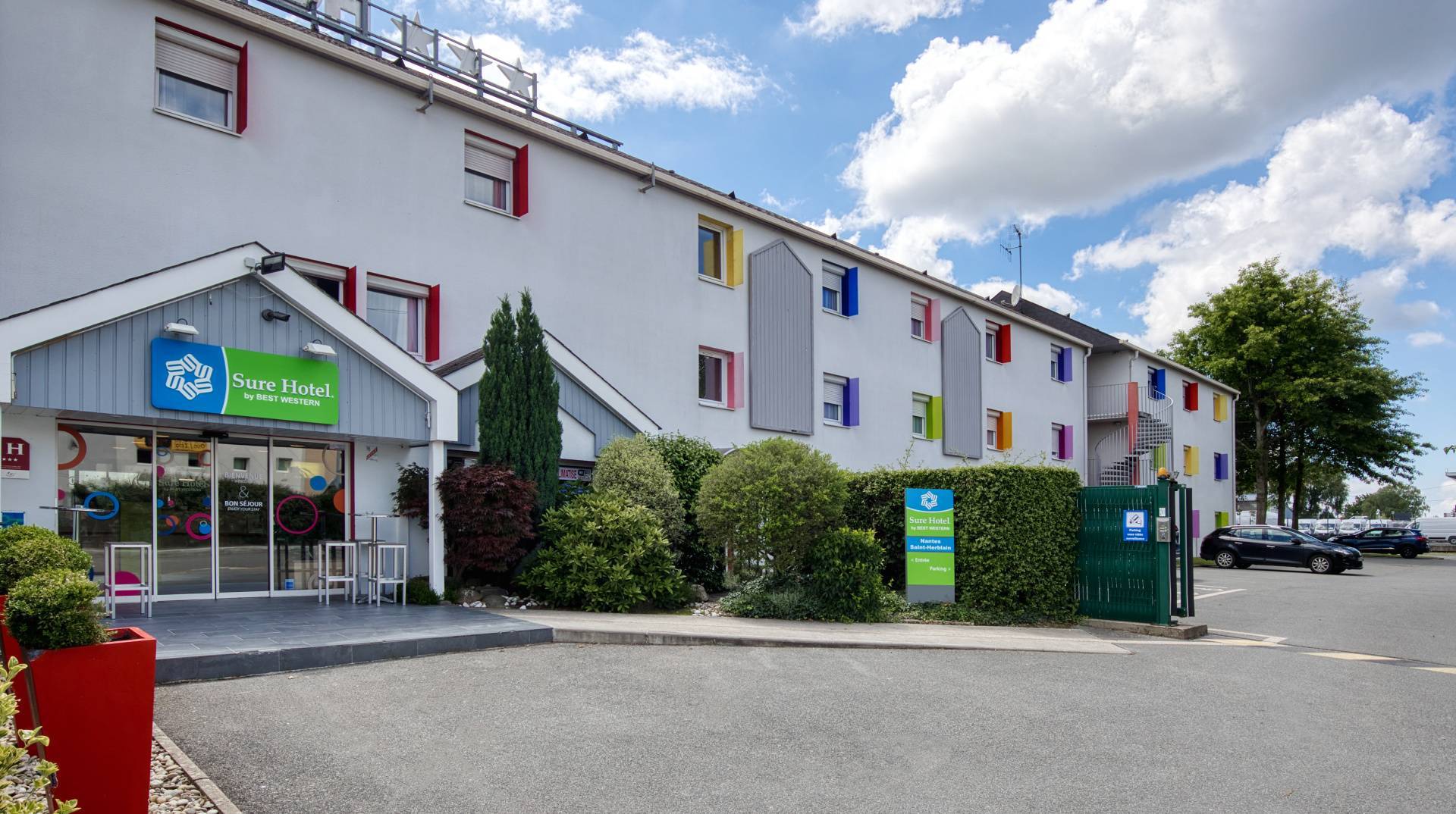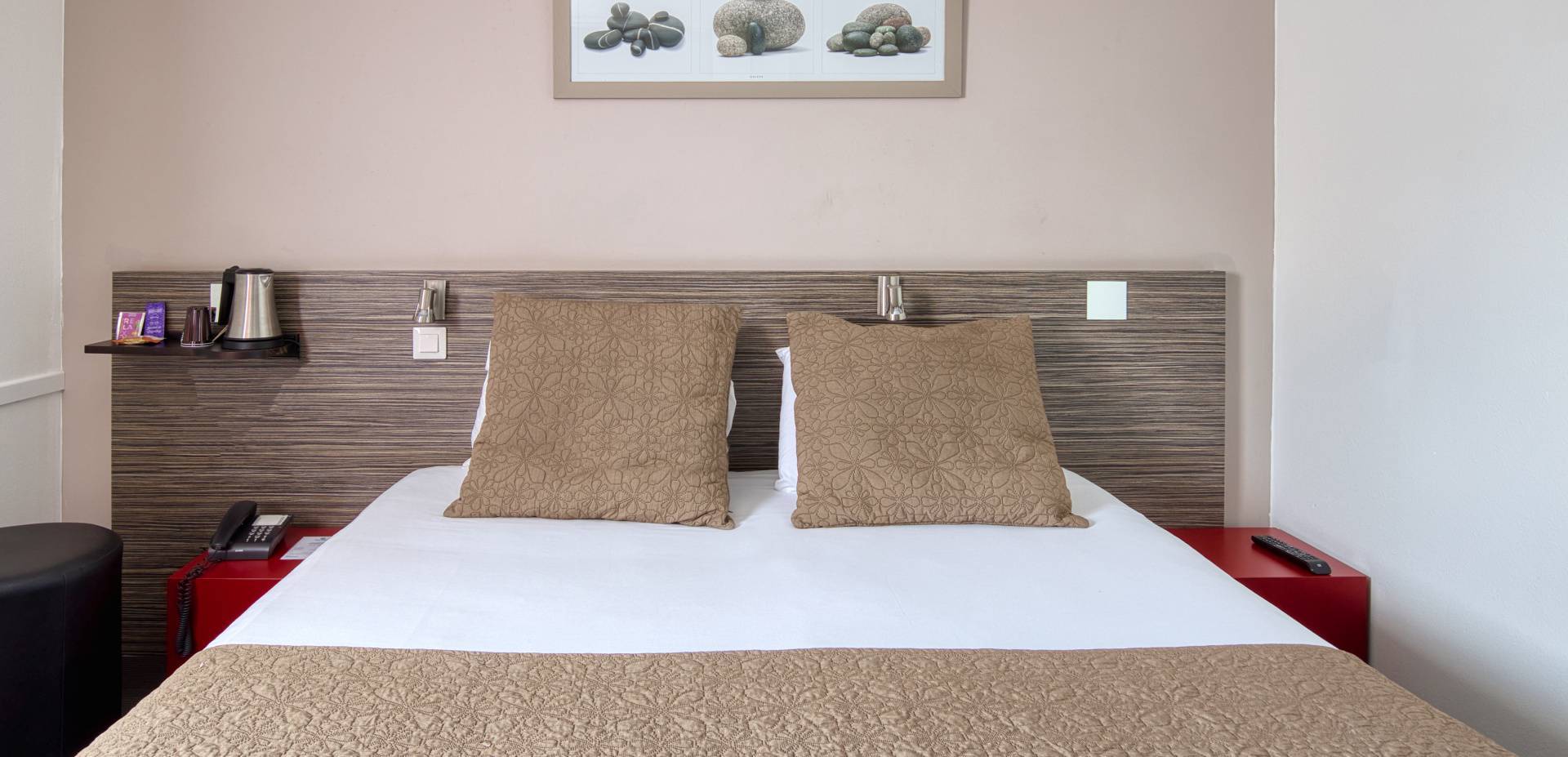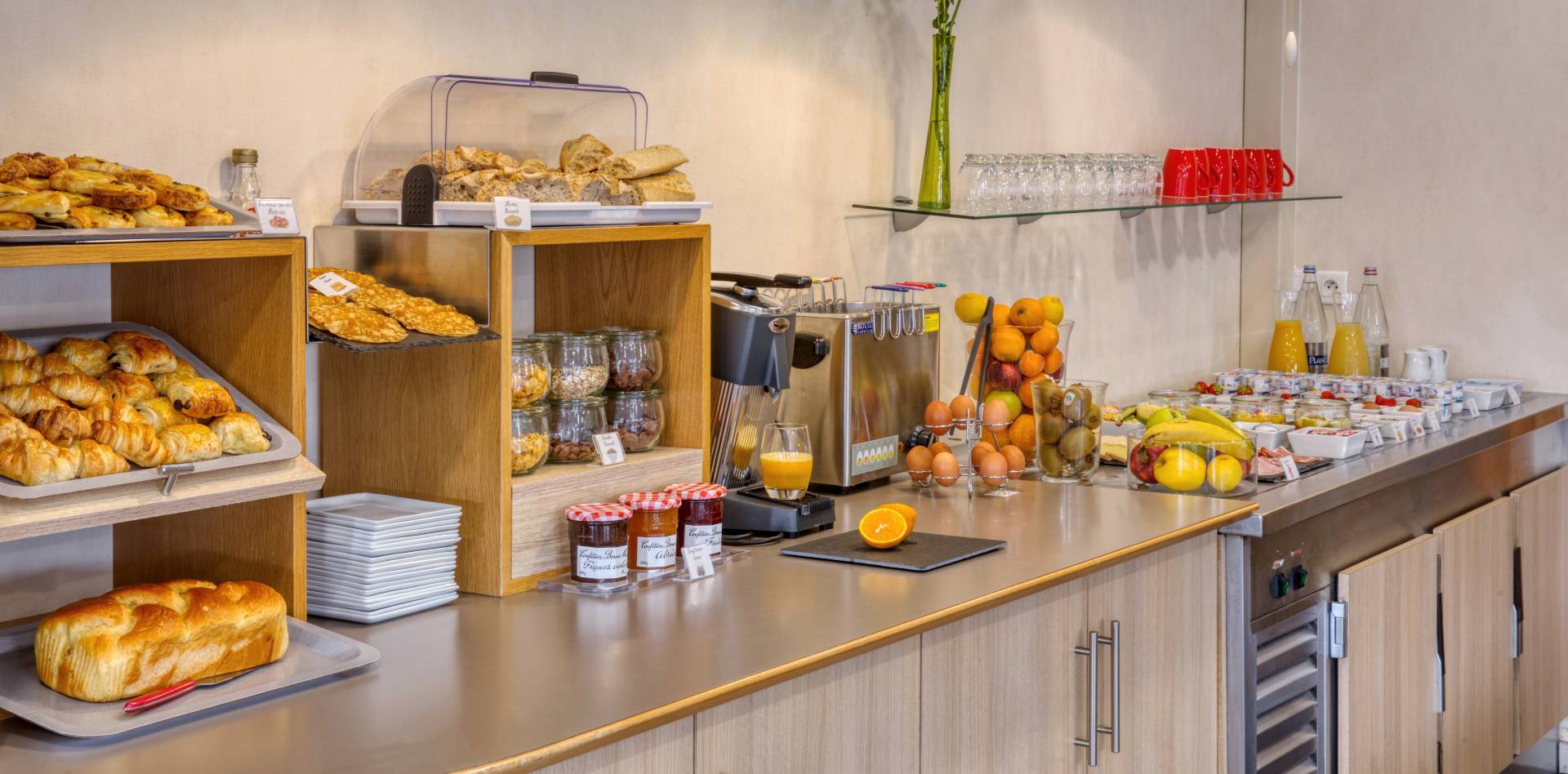Sure Hotel by
Best Western ***
Best Western ***
Nantes Saint-Herblain
Notre hôtel 3 étoiles vous séduira par son confort et son accueil !
Facile d'accès depuis le périphérique nantais, l'hôtel est à 700 mètres à pied du Zénith Nantes Métropole, proche du centre commercial Nantes Atlantis et de l’hôpital Nord Laënnec.
Votre hôtel près de Nantes Atlantis
Notre hôtel à Saint-Herblain vous accueille pour vos week-ends loisirs et vos déplacements professionnels dans la région.
Installé à proximité du périphérique nantais et de la N444, l'hôtel est le point de chute idéal pour rejoindre votre destination en Loire-Atlantique et le centre-ville de Nantes.
Équipé de 50 chambres, d'un parking privé gratuit et de 2 salles de séminaires, l'hôtel dispose de tout ce dont vous avez besoin pour un séjour à Nantes réussi. La réception est ouverte 24h/24 et 7j/7 (arrivée tardive possible).
Installé à proximité du périphérique nantais et de la N444, l'hôtel est le point de chute idéal pour rejoindre votre destination en Loire-Atlantique et le centre-ville de Nantes.
Équipé de 50 chambres, d'un parking privé gratuit et de 2 salles de séminaires, l'hôtel dispose de tout ce dont vous avez besoin pour un séjour à Nantes réussi. La réception est ouverte 24h/24 et 7j/7 (arrivée tardive possible).
Organisez votre séjour
à Nantes
En tramway ou en Chronobus, accéder rapidement au centre ville de Nantes !









